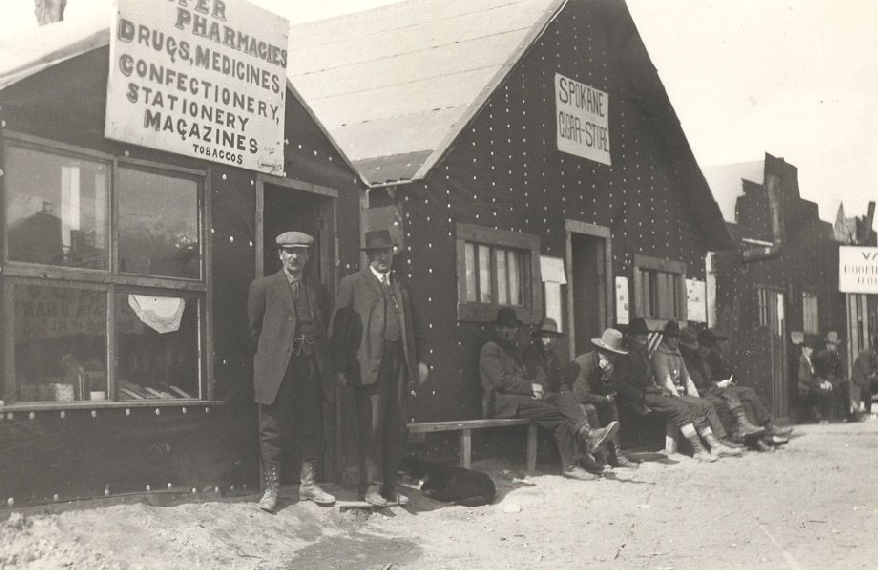Name appears on BC-Alberta Boundary Atlas sheet No. 39, 1924. The river was labeled “Porcupine River” on 1912 map of BC Northern Interior (publisher not cited), and on BC Lands 1913 Preliminary Forest Map, and on BC Lands 1917 map of the Forest Stand Types in British Columbia.
Explorer Samuel Prescott Fay [1884–1971], who spent the summers of 1912 to 1914 tracking big game in this area, suggested that the name “Porcupine” be changed [or revert (?)] to “Kakwa”, the Cree word for porcupine.
“Kakwa” is listed at the Indigenous Geographical Names dataset as a word of Cree language.
References:
- Fay, Samuel Prescott [1884–1971]. “Mount Alexander.” Canadian Alpine Journal, Vol. 6 (1914–1915):121
- Fay, Samuel Prescott [1884–1971]. “Note on Mount Alexander Mackenzie and Mount Ida.” Alpine Journal, Vol. 36 (1924):421, p.55
- Andrews, Gerald Smedley [1903–2005]. Métis outpost. Memoirs of the first schoolmaster at the Métis settlement of Kelly Lake, B.C. 1923-1925. Victoria: G.S. Andrews, 1985. Internet Archive
- British Columbia Geographical Names. Kakwa River
